The Used Restaurant Equipment Market is currently characterized by a dynamic competitive landscape, driven by factors such as increasing demand for cost-effective solutions among restaurateurs and a growing emphasis on sustainability. Key players in this market, including eBay (US), Bid on Equipment (US), and Restaurant Equipment World (US), are strategically positioning themselves through various operational focuses. eBay (US) leverages its extensive online marketplace to facilitate transactions, while Bid on Equipment (US) emphasizes a user-friendly platform that connects buyers and sellers efficiently. Restaurant Equipment World (US) adopts a comprehensive approach, offering not only equipment but also consulting services, thereby enhancing customer engagement and loyalty. Collectively, these strategies contribute to a moderately fragmented market structure, where competition is shaped by both price and service quality.
In terms of business tactics, companies are increasingly localizing their operations to better serve regional markets, optimizing supply chains to reduce costs, and enhancing customer service through digital platforms. The competitive structure of the Used Restaurant Equipment Market appears to be moderately fragmented, with numerous players vying for market share. This fragmentation allows for diverse offerings, yet it also intensifies competition as companies strive to differentiate themselves through unique value propositions.
In September 2025, eBay (US) announced a partnership with local restaurant associations to promote the sale of used equipment, aiming to enhance visibility and trust among potential buyers. This strategic move is likely to bolster eBay's market presence by tapping into established networks, thereby increasing transaction volumes and fostering community engagement. Such partnerships may also serve to position eBay as a leader in the used equipment segment, particularly among small to medium-sized enterprises.
In August 2025, Bid on Equipment (US) launched an innovative mobile application designed to streamline the buying process for used restaurant equipment. This application not only enhances user experience but also allows for real-time bidding, which could significantly increase user engagement and transaction frequency. The introduction of this technology suggests a shift towards digital transformation in the market, potentially setting a new standard for customer interaction and operational efficiency.
In July 2025, Restaurant Equipment World (US) expanded its product line to include eco-friendly equipment options, aligning with the growing trend towards sustainability in the food service industry. This strategic decision not only caters to environmentally conscious consumers but also positions the company as a forward-thinking leader in the market. By diversifying its offerings, Restaurant Equipment World (US) may attract a broader customer base, thereby enhancing its competitive edge.
As of October 2025, the competitive trends in the Used Restaurant Equipment Market are increasingly defined by digitalization, sustainability, and the integration of artificial intelligence. Companies are forming strategic alliances to enhance their service offerings and improve operational efficiencies. The shift from price-based competition towards innovation and technology is evident, as firms recognize the importance of supply chain reliability and customer-centric solutions. Looking ahead, competitive differentiation is likely to evolve, with a greater emphasis on technological advancements and sustainable practices shaping the future landscape of the market.


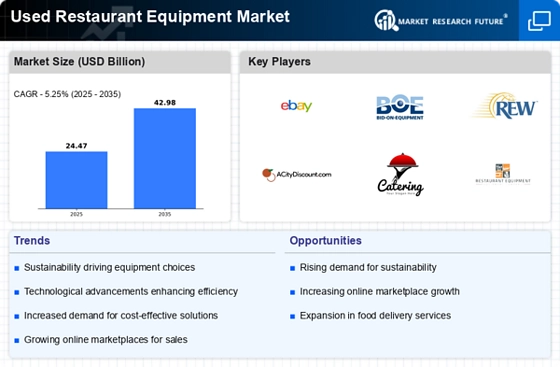
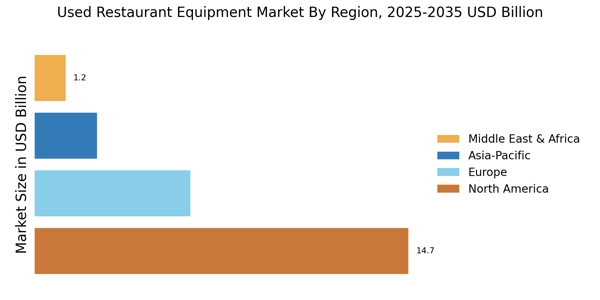
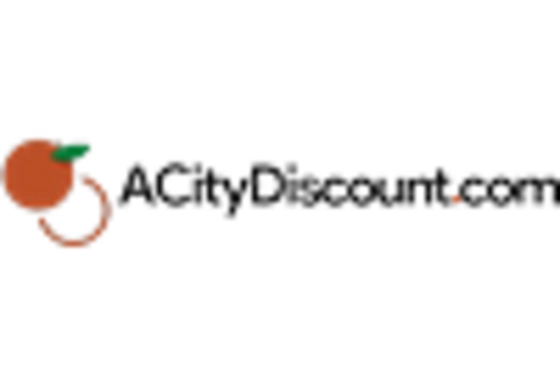
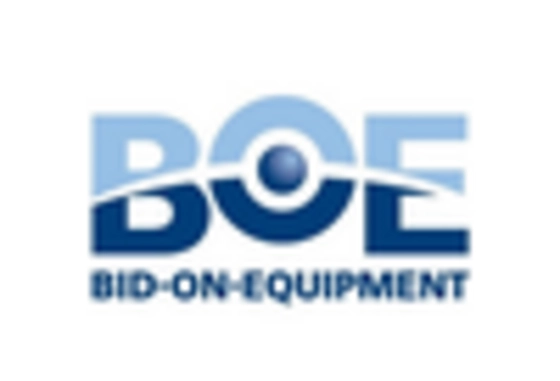
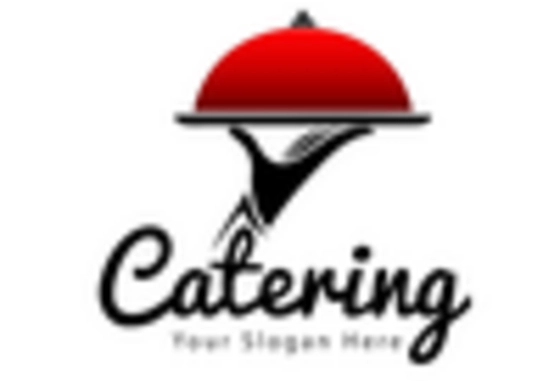
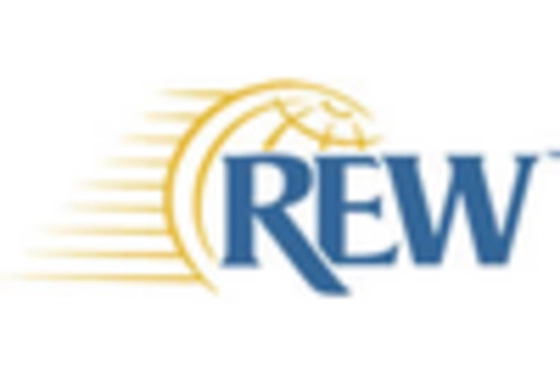
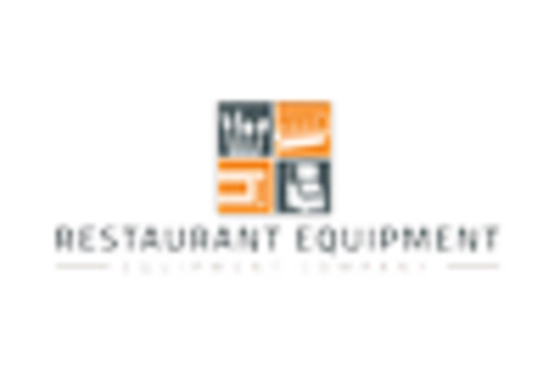









Leave a Comment